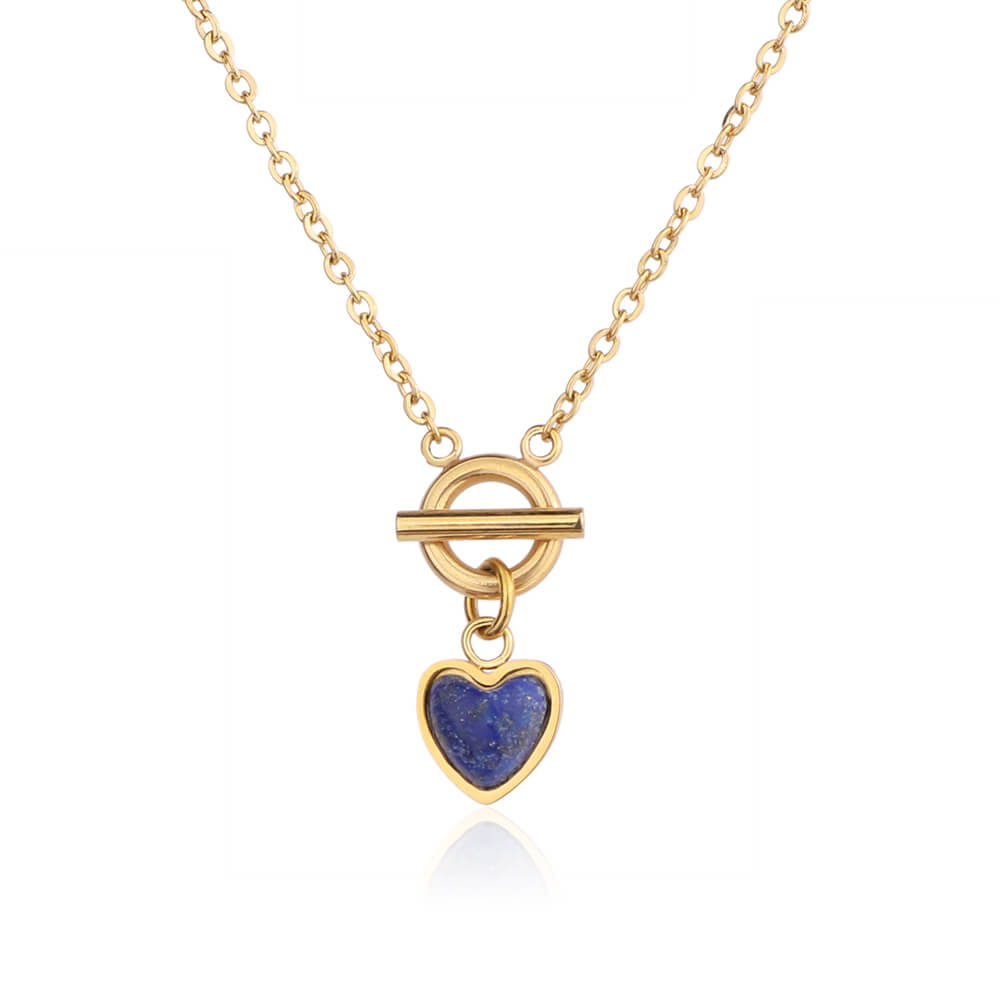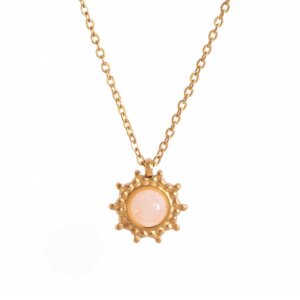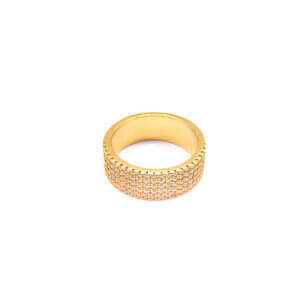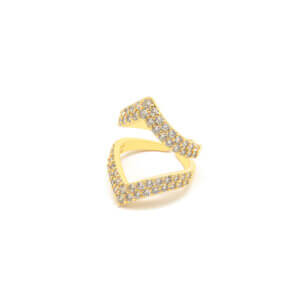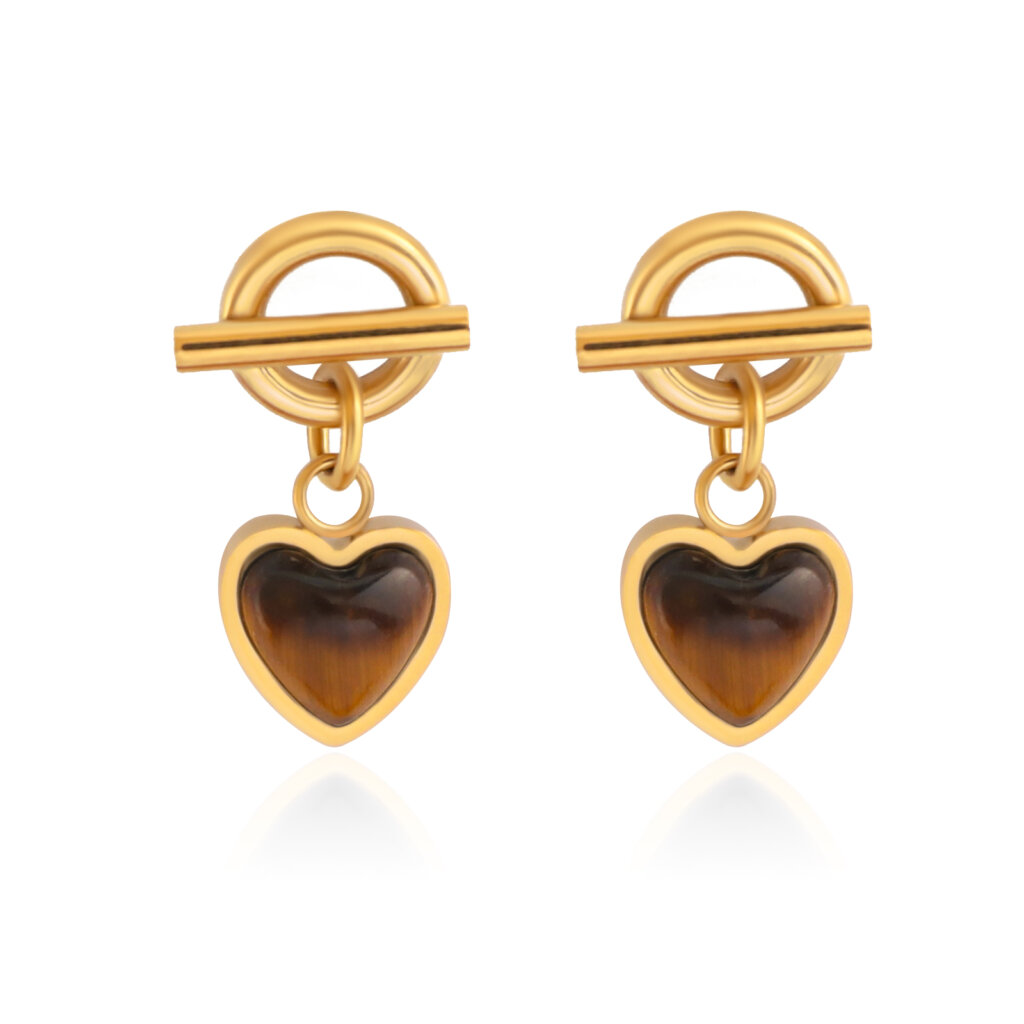The world of jewelry is huge and varied, offering countless ways to express one’s style and decorate yourself in beautiful ways. Among these treasures, the necklace is a special and timeless accessory, Capaz de Transformar um Conjunto, Transmitir Exighado Erealçar as Linhas Graciosas de Quem O USA. From whispering exquisite chains to bold statements that draw attention, this form of decoration has attracted humanity for thousands of years, developing in style but maintaining its fundamental appeal.
Eternal Charm: The Historical Journey of Necklace
The story of the necklace is as old as civilization itself. Archaeological evidence shows that even in prehistoric times, humans decorate themselves with basic neck ornaments made with shells, bones, stones and animals’ teeth. These early works are not only decoration, but also serve as amulets, symbols of status or symbols of tribal affiliation. In ancient Egypt, the elaborate collars made of gold, Lapis Lazuli and Carnelian were favored by the pharaohs and nobles, symbolizing wealth and divine protection. The Greeks and Romans continued this tradition, creating complex designs with precious metals and gemstones, often featuring mythical figures or complex silk work. Throughout the Middle Ages and Renaissance, necklaces became increasingly gorgeous, combining pearls, diamonds and other precious gemstones, reflecting the affluence and artistry of that era. Each historical period leaves its own mark, which contributes to the rich design tapestries we see today.
Decoding style: A guide to different types of necklaces
The diversity of necklace designs is really shocking, offering something for a variety of flavors and occasions. The chokes are clinging to their necks and have seen popularity throughout history, from Victorian Velvet bands to trends and modern designs in the 90s. Pendant necklaces, with a single ornament or charm hanging from the chain store, are perhaps the most classic and versatile styles that can be expressed by choosing the pendant itself. Sentence necklaces are designed to attract attention, usually larger, more colorful or have unique structural elements. Then there are various lengths: the length of the princess is usually present on the collarbone, the chest length reduces the chest, while opera and rope lengths have dramatic talents, sometimes the rope necklace is sometimes long enough to make it cycle multiple times. The chain necklace can be worn individually in countless forms such as cables, curbs, figaro and snake chains to give it a minimalist look or used to support a pendant. The Lariat necklace, also known as the Y-field, has a unique design that usually does not have traditional buttons.
From precious metals to glittering gemstones: the material that makes the necklace shine
The beauty of the necklace is essentially related to the materials made. Gold is still a perennial favorite in various shades of yellow, white and rose, its warm glow, durability and intrinsic value. Sterling Silver offers a cool, modern appeal that is often used in sophisticated and bold designs. Platinum, rare and more durable than gold, is known for its bright white sheen and hypoallergenic properties, which makes it a great choice for luxury goods. In addition to metal, gemstones play a crucial role. Diamond takes any work to a new level of sophistication with its unparalleled brilliance. Pearls have a soft, organic glow that exudes classic elegance and are often featured with chain necklaces or delicate accents. Colorful gemstones such as sapphire, ruby, emerald, amethyst and topaz add vibrant colors and personality splashes, allowing endless creative combinations and meaningful choices based on birthstone or personal preferences. Modern design also combines titanium, stainless steel, leather, wood, and even restored elements, thus pushing the boundaries of creativity.
Decorate with grace: How to choose the perfect necklace
Choosing the right necklace to complement your outfit and features can significantly enhance your overall look. One of the key factors is your clothing collar. For example, the V-neck and spoon neck are protruded along a "V"-shaped pendant necklace or fragment. The top without straps or off-shoulder top with choke or shorter statement works very well and draws attention to the clavicle area. The turtleneck methyl provides the perfect canvas for longer necklaces such as opera or rope lengths that are worn on fabric. Your personal style also determines the choice. People with minimalist aesthetics may prefer simple chains or exquisite card pendants, while the Bohemian spirit may tend to layered beads or hand-made designs. Even facial shapes can be a subtle guide: longer necklaces can help stretch out round faces, while shorter styles or cho smelly faces can also complement oval or heart-shaped faces. Ultimately, the perfect piece is part of what makes you feel confident and beautiful.
Master the Appearance: The Art of Layered Necklaces
Layered necklaces have become a prominent trend to deliver personalized, stylish expressions and even enhance the simplest clothing. The key to successful layering is to create balanced and harmonious compositions. First select sections of different lengths; a common method is to combine spiral or short chains, medium pendants and longer, simpler chains. Mixing textures and materials can add depth and interest - consider pairing delicate gold chains with beaded chains or pieces with small gemstones. It is also important to consider the weight and size of each necklace. Avoid overcrowding of too many short fragments. Instead, the goal is a focus, perhaps a central pendant, with other layers complementing the focus. Ideally, the buttons should be set to prevent tangles, although specialized layered buttons can also be used. Don't be afraid to experiment; the beauty of layering lies in its versatility and ability to create a unique look that reflects your personal style. After careful planning, this carefully planned neck can be a complex statement.
Beyond Beauty: The Symbolism of Necklace
Throughout history and across cultures, necklaces often bear significant symbolic weights, beyond their role as decorations. For example, small pieces are designed to preserve precious photos or tiny souvenirs, which are tangible connections to loved ones or valuable memories. Religious symbols, such as the cross, the Star of David or the OM symbol, disguised as pendants, are profound expressions of faith and spiritual identity. Heart-shaped pendants are recognized symbols of love and affection, making them popular gifts between romantic partners or family members. The birthstone necklace has personal significance, connecting the wearer to its birth month and its associated qualities. The infinite symbol represents eternal and endless love, while the tree of life symbolizes growth, connection and family. Even the choice of materials is symbolic. Pearls have long been associated with purity and wisdom, and some gemstones are considered to have protective or healing properties. Wearing such works allows individuals to bring faith, values and connections closer to their hearts.
Stay Glorious: Tips for Caring for Necklaces
To ensure that your precious necklace remains beautiful and lasts for generations, proper maintenance and maintenance is crucial. It is recommended to wear jewelry after applying makeup, perfume and hairspray, as the chemicals in these products can damage the metal and damage the gemstones over time. When not worn, store each piece separately in a soft bag or a lined jewelry box with a compartment to prevent scratches and tangles, especially delicate chains. For cleaning, the method depends on the material. Gentle soap and soft brushes can be used on many gold and gem pieces, but always dry them thoroughly. Silver is prone to damage, so it is recommended to polish it regularly with silver cloth. For pearls and soft gems, avoid irritating chemicals and abrasive cleaners; a soft damp cloth is usually enough. It is also wise to have more valuable works, especially those with complex settings or multiple stones, which are professionally inspected and cleaned to ensure the settings are safe. Proper care and maintenance are essential for any precious necklace.
Gift from the heart: Necklace as a meaningful gift
Few presents are as universally cherished and personal as beautiful jewellery on the neck. Whether it’s celebrating a milestone like a birthday, anniversary or graduation, or just expressing love and appreciation, there are carefully selected items that illustrate a lot. The various styles available mean that you can find something that exactly matches the taste and personality of the recipient, from timeless diamond pendants to an important other person to a fun friend, or bringing quirky charm to a friend, or providing a bunch of elegant pearls for a mother or grandmother. Given such an act of a personal item, it will approach the heart, often with the sensual value that makes it far exceed its material value. This lasting reminds of a special moment or precious relationship. When choosing this gift, consider the style of the recipient, the jewelry they already have and like and any symbolic meaning that might resonate with them.
The lasting elegance of the necklace
Amid the ever-evolving fashion landscape, the necklace maintains its symbol of elegance, personality and timeless appeal. Its ability to adapt to changing trends while retaining its inherent charm, which proves its lasting design. From the simplest chain to the most exquisite gemstones, it provides an unparalleled self-expression that enables an individual to convey his own style, tell his own story or carry symbols of meaning. It is not only an accessory, but a work of art, historical artifact and personal statement, woven into the structures of human decor for hundreds of years, no doubt for centuries. Its elegant presence on the neck continues to be fascinated and beautified, making it an essential part of any well-curated jewelry collection.


